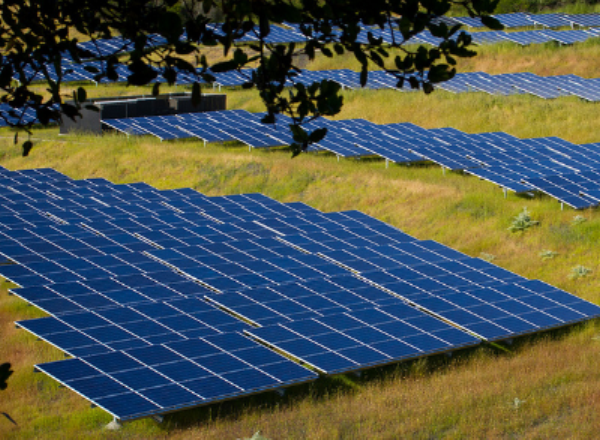Renewable energy has long been a concept that the public and industry in general, see as a positive one. The picture gets more complicated as proposals get more specific, including when it comes to deciding exactly where to put renewable energy infrastructure.
Where to Put Green Infrastructure
Proposals are generally unpopular among the neighbouring community for one reason or another. Furthermore, there are the logistical challenges such as:
- Limited suitable and affordable land resource.
- Grid connectivity.
- Access to the site.
There are many more constraints over and above this short list. As the industry matures, there are some go-to strategies for site selection and development. These may be due to conditions that are routinely favourable across multiple categories (e.g. repowering older sites) or strategies that facilitate seamless integration with existing infrastructure (e.g. domestic rooftop solar panels).
Some innovative solutions that we have covered before include solar canals, PV glass and solar charging roads. Enter: Solar Coal Mines.
Opportunity for Solar at Coal Plants in Turkey
It has been reported by Europe Beyond Coal [1,2], that around half of coal mines in Turkey would be suitable for conversion into solar farms – enough to more than double the country’s current solar capacity.
October of 2021 saw Turkey become the final G20 country to ratify the Paris agreement [3]. This did come with a caveat of sorts around implementation, along with some insinuation that the burden should really fall elsewhere, but it may still be a boon for Turkey’s renewable industry.
Worldwide Strategy
If this conversion of open coal mines to solar is a success in Turkey, it could reduce the country’s CO2 emissions substantially and could also set a precedent for other countries with open-cast coal mines.
In the USA, the same process is underway as old mining sites in Virginia are on track to become the first utility-scale solar farms in that region [4]. The developers are hopeful that this will also set a trend elsewhere in the country.
In addition to the obvious poetic justice in converting one of our dirtiest sources of electricity into a much clear one, the strategy makes a good deal of sense on a logistical level. Such mines are huge, likely kitted out with much of the key infrastructure needed to connect a solar farm to the grid and are often located away from dense urban populations.
Whilst converting coal mines to solar farms will likely come with its own raft of challenges, it looks set to be a promising starting point for the architects of the green energy transition that so many countries are targeting. It also opens the door for allaying some fears around job losses associated with closing down an established industry such as coal mining. After all, converting these mines into solar farms requires workers with skills and training in order to make the plan a reality.
Pager Power
Pager Power is a planning consultancy dedicated to supporting developers of renewable energy infrastructure around the world. Contact us to learn about how we can enhance your projects.
References
[1] Campbell, M (April 2022), Turning Turkey’s coal mines into solar farms would power 7 million homes (link), Euronews, last accessed April 2022.
[2] Kutluay, D (March 2022), Study shows Turkey’s coal mines can host enough solar to power almost 7 million homes (link), Climate Action Network Europe, last accessed April 2022.
[3] Kucukgocmen, A (October 2021), Turkey ratifies Paris climate agreement; last G20 country to do so (link), Reuters, last accessed April 2022.
[4] Murphy, Z (March 2022), In Virginia, abandoned coal mines are transformed into solar farms (link), The Washington Post, last accessed April 2022.
[5] Thumbnail image accreditation: Albert Hyseni (Sept 2020) from Unsplash.com. Last accessed on April 20th 2022. Available at: https://unsplash.com/photos/iQAF4A0To1g



